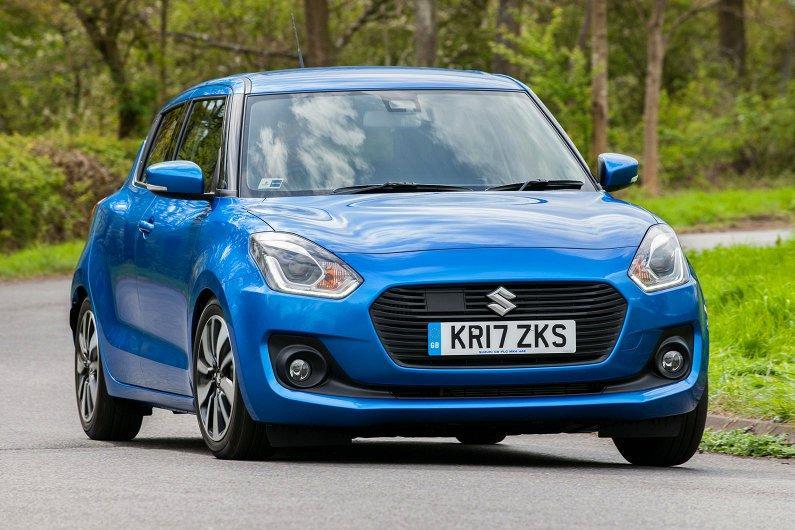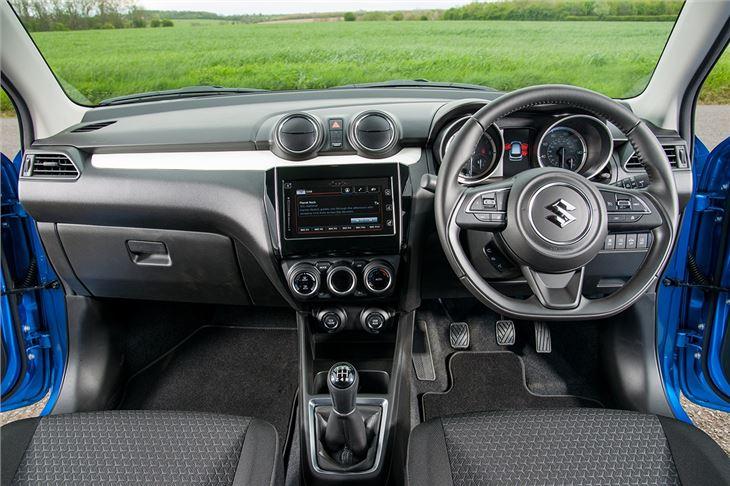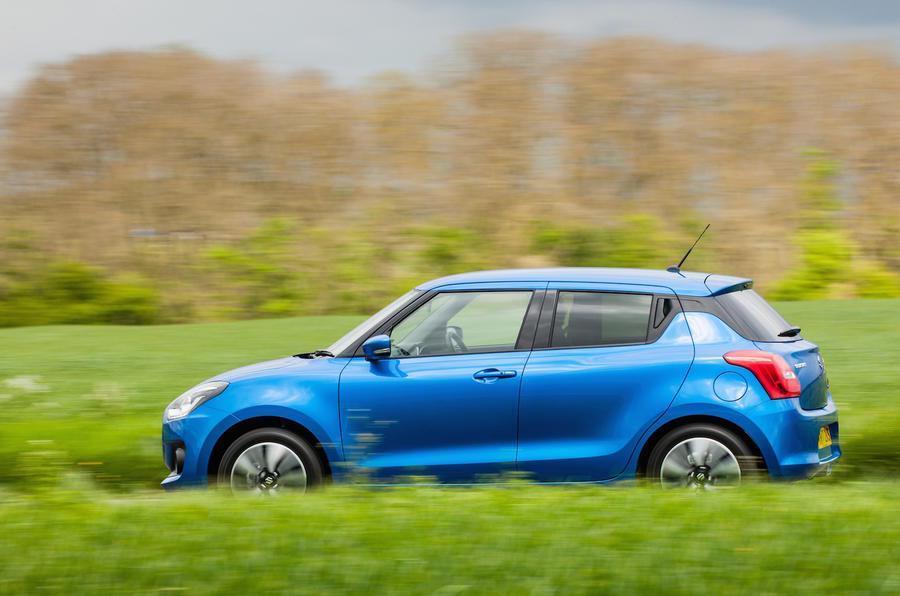Car review: Suzuki Swift 1.0 SZ5 Boosterjet

Your support helps us to tell the story
From reproductive rights to climate change to Big Tech, The Independent is on the ground when the story is developing. Whether it's investigating the financials of Elon Musk's pro-Trump PAC or producing our latest documentary, 'The A Word', which shines a light on the American women fighting for reproductive rights, we know how important it is to parse out the facts from the messaging.
At such a critical moment in US history, we need reporters on the ground. Your donation allows us to keep sending journalists to speak to both sides of the story.
The Independent is trusted by Americans across the entire political spectrum. And unlike many other quality news outlets, we choose not to lock Americans out of our reporting and analysis with paywalls. We believe quality journalism should be available to everyone, paid for by those who can afford it.
Your support makes all the difference.When press-review cars turn up they often have a spec sheet with them that details the performance, options, pricing and other aspects of the vehicle in question.
Sometimes these documents are very long, because the manufacturers like to lard up their press cars with tons of kit, an old trick designed to mildly deceive us journalists into thinking customers will get more for their money than they will in the real world.
When I looked down the sheet that came with the Suzuki Swift, sure enough it was an “SZ5” model, the top level of trim, so the only extra that had been loaded on was “speedy blue” paintwork, at £485 (jolly nice shade, mind you). My eye was also caught by an unusual feature – a declaration of origin, namely: “Built at Sagara, Japan”.

This was immediately reassuring to me as I have an ingrained belief in the reliability of anything that comes from Japan. Therefore I was psychologically unprepared for what appeared to be quite a basic fault on my test Swift, which is that one of the rear doors simply refused to open, no matter how many permutations of internal and external door locking I attempted. It was stuck. I was surprised. Japan was shamed.
The other problem with the Swift was the unaccountably lower-grade plastics that have been deployed around the cabin, even here in this top-of-the range trim level. There’s nothing actively offensive about the materials, and many people take an absurdly snobby view of such matters, given the sort of tattiness and poor taste displayed in their own homes for example, or in their dress sense, and yet I couldn’t help but feeling a little let down.
The spec
Suzuki Swift 1.0 SZ5 Boosterjet
Price: £14,449 (£14,984 as tested)
Engine capacity: 1-litre petrol 3-cyl, 5-sp manual
Power output (PS@rpm): 111@5,500
Top speed (mph): 121
0-60mph (seconds): 10.6
Fuel economy (mpg): 65.7
CO2 emissions (g/km): 97
It’s quite a sombre place, the Suzuki’s cabin – even with the “highlights” scattered around to brighten things up. It is a long way behind a Mini or Fiat 500 in showroom appeal, and that’s a shame, because you don’t need to be all retro to make the inside of your car an attractive, even fun place to be.
These drawbacks, one unintended and covered by warranty, the other unfathomably intended and something you’ll have to get used to, shouldn’t however, give you the wrong impression of the Suzuki Swift, which is that it is a surprisingly advanced, finely engineered and enjoyable car to own and drive.
As I have noted before with Honda, Suzuki has the great advantage of a background in motorcycles to draw on, and that means high revving, light, responsive machines that perform far better than they usually look.
This latest Swift carries on with the familiar line of predecessor models, with a suitably modern grille grafted onto the font that makes it look a little reminiscent of a Mini or Mazda. The rear door handles (including one I found inoperative) are concealed in the door frames, giving the five-door bodywork the look of a three door, but not a coupe, as it retains a boxy upright sort of profile. So what the point of that was I’m not sure. Maybe the door handles are just there for show as well.

On the road the Swift, as I say in its top level of standard equipment, comes with some very sophisticated assets, including adaptive cruise control and a lane change warning (in case you inattentively drift around on the motorway, say).
That combination takes a lot of hassle out of everyday drudge driving, while the Suzuki’s peppy performance and tenacious road holding does the rest to brighten up a boring drive. There’s also a loud alert if you travel too close to a vehicle n front; there’s no excuses for not paying attention in a Swift.
My test car had a new three-cylinder petrol engine of a kind that is becoming the standard in the industry, and Suzuki have made a better job of it than most – it’s relatively refined and flexible in gear which is where the three-cylinder units usually show themselves up.
So I would recommend the Swift, despite the grumbles I had about it. I think owners would find the base model, at £10,999 perfectly acceptable, but, at the risk of sounding as though I’d been seduced by software, I’d also suggest they see how advanced the more expensive versions are too.
For those in the countryside Suzuki also offer a 4x4 option (drawing on their long experience in making off-roaders), for an extra £1,000, so a muddy test-drive in that might be interesting. And check the doors open properly as well.
Join our commenting forum
Join thought-provoking conversations, follow other Independent readers and see their replies
Comments